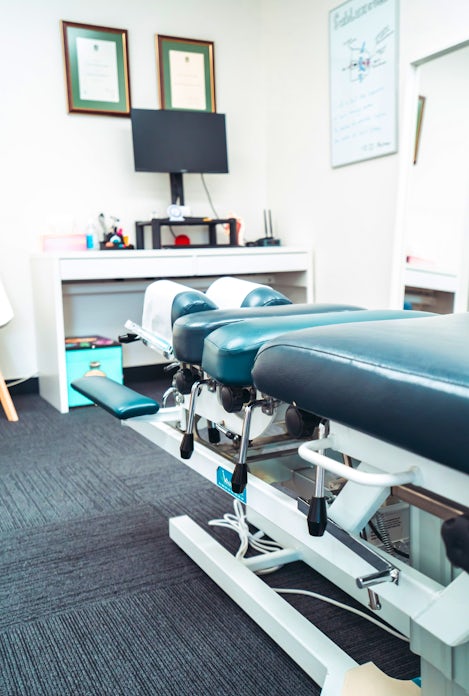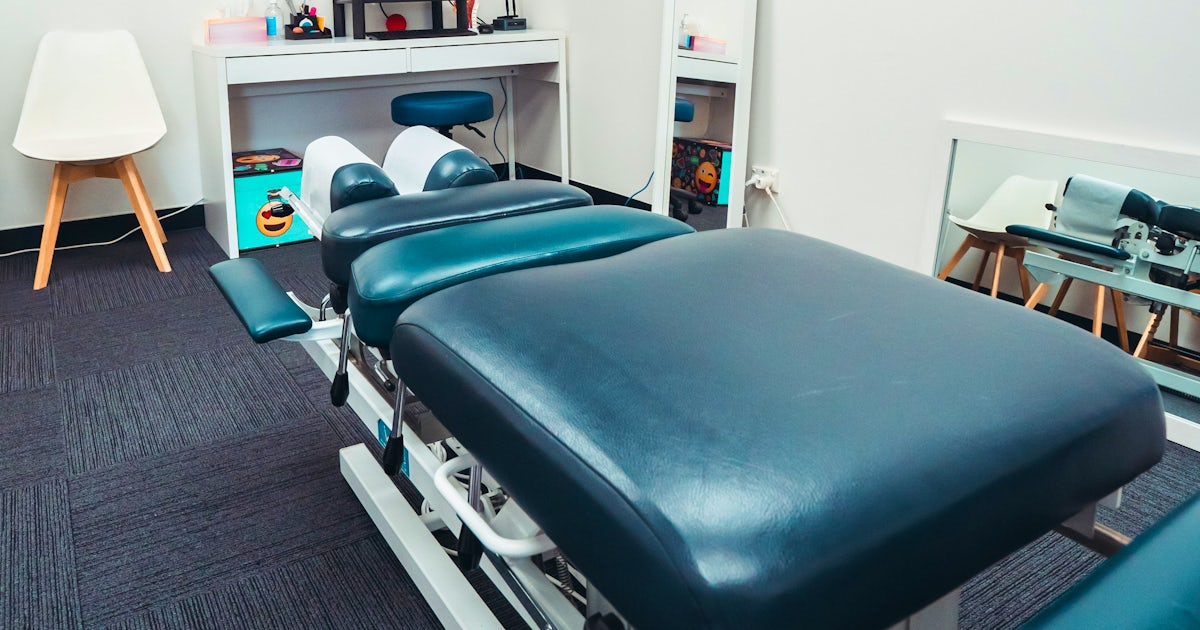
Scoliosis is a prevalent spinal condition affecting millions globally, with varying degrees of severity that can impact daily life. However, there's hope. Chiropractic care presents a non-invasive and effective strategy for alleviating some of the symptoms associated with scoliosis. In this article, we'll explore what scoliosis entails, the role chiropractic care plays in its management, and proactive measures to maintain spinal health.
Understanding Scoliosis
Scoliosis manifests as an abnormal curvature of the spine, creating an "S" or "C" shape rather than a straight alignment when viewed from behind. While it can emerge at any age, it's typically diagnosed during adolescence. The causes are diverse, ranging from genetic predispositions to neuromuscular conditions or injuries.

Signs and Symptoms
Symptoms of scoliosis can vary, but common indicators include uneven shoulders or waist, a prominent shoulder blade, hip height discrepancies, back pain, and in severe cases, difficulty breathing due to compromised lung capacity. Adolescent idiopathic scoliosis (AIS), which lacks a known cause, primarily affects healthy adolescents, with females representing the majority of cases.
Chiropractic Care for Scoliosis
Chiropractic care offers a natural, non-invasive approach to managing scoliosis symptoms. Chiropractors, with their expertise in spinal health, provide various beneficial interventions:
- Spinal Adjustments: Gentle adjustments to the spine can improve alignment, reduce pain, and enhance mobility.
- Pain Management: Through adjustments and other techniques, chiropractors aim to alleviate discomfort associated with scoliosis.
- Posture Correction: Guidance on maintaining proper posture can slow down the condition's progression.
- Exercise and Rehabilitation: Specific exercises and stretches strengthen spinal-supporting muscles, improving stability and reducing curvature risk.
- Lifestyle Recommendations: Advice on nutrition and ergonomic adjustments supports overall spinal health.
Collaboration with other healthcare providers, such as orthopaedic specialists and physical therapists, enhances the effectiveness of chiropractic care for scoliosis.

Preventing Progression and Managing Scoliosis
While chiropractic care is instrumental, prevention and management strategies are vital- including:
Regular Checkups: Early detection during growth spurts is crucial, emphasizing the importance of routine checkups for children and adolescents.
Exercise: Encourage physical activity to maintain core strength and posture.
Ergonomics: Utilise ergonomic furniture and maintain proper body mechanics to reduce spinal strain.
Nutritious Diet: A balanced diet rich in bone-supporting nutrients like calcium and vitamin D is essential.
Scoliosis poses challenges, but chiropractic care provides a valuable avenue for managing symptoms and promoting spinal health. With the right chiropractor and a comprehensive approach to treatment, individuals with scoliosis can improve their quality of life. If you or a loved one is grappling with scoliosis, consulting a chiropractor can pave the way for a healthier spine.
**It's essential to note that the information provided is general. For personalised advice regarding spinal health concerns, consulting a registered health professional is recommended.


